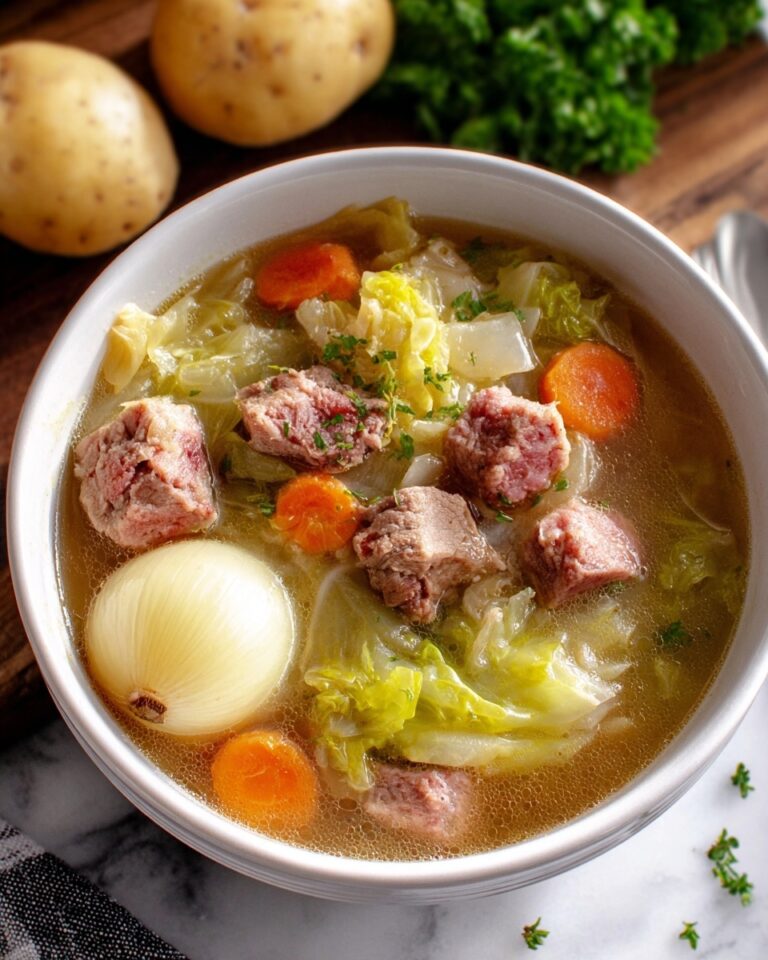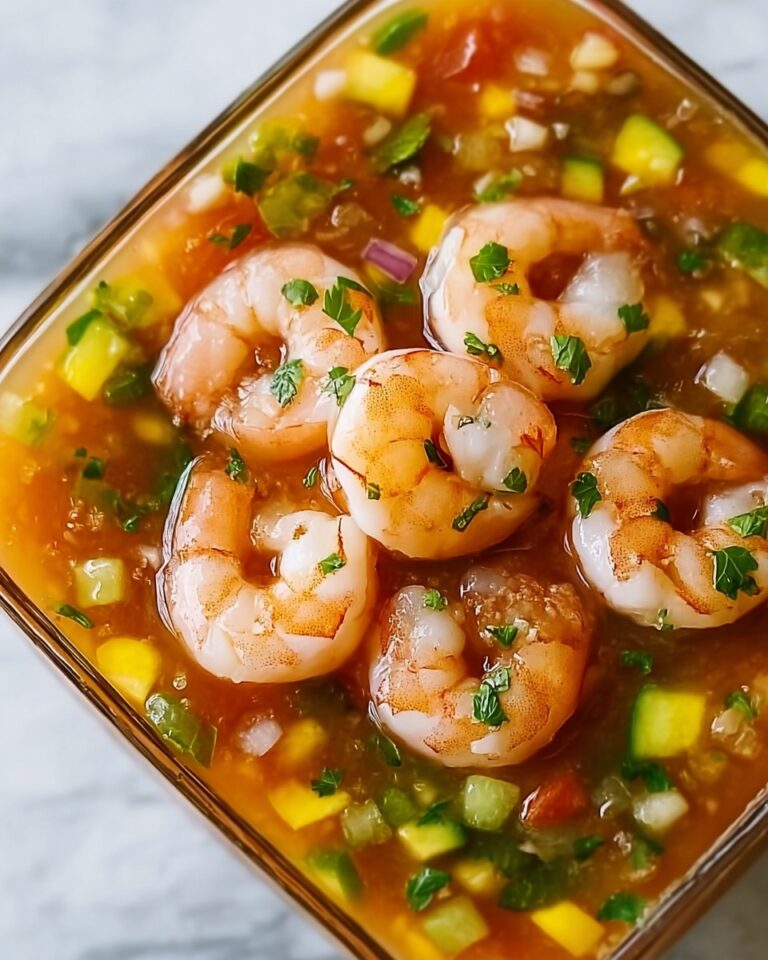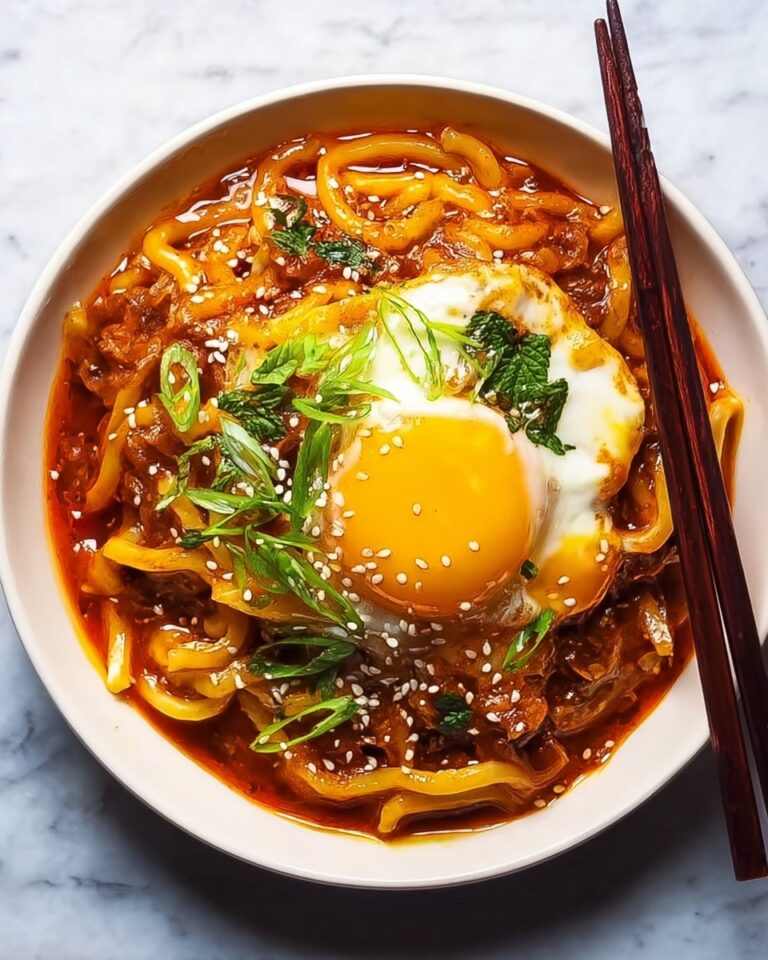“`html
If you’ve ever wanted to bring the vibrant, comforting flavors of Korean cuisine right into your kitchen, let me introduce you to the magic of this Gochujang Fried Rice Recipe. It’s a perfect harmony of spicy, savory, and slightly sweet notes packed into every bite, all wrapped around crispy, tender rice and topped off with a luscious fried egg. This dish is a total game-changer when you want something quick, satisfying, and absolutely crave-worthy, especially on those busy nights when you need a flavorful boost in no time.

Ingredients You’ll Need
Gathering the right ingredients is half the fun and the secret to making this dish truly sing. Each component here plays a key role, from the fiery gochujang that brings that signature Korean kick to the tender peas and carrots that add pops of color and texture. Simple and straightforward, these ingredients come together to build layers of flavor and create a gorgeous, hearty meal.
- 3 tablespoons gochujang: This Korean chili paste is the heart of the dish, delivering spicy heat and rich umami.
- 2 tablespoons low-sodium soy sauce: Brings a mellow salty depth without overpowering the flavors.
- 1 teaspoon sesame oil: Adds a subtle nutty aroma that’s essential for authentic taste.
- 3 tablespoons vegetable oil, divided: For frying ingredients and getting that satisfying crisp on the rice.
- ½ small onion, diced: Provides a slightly sweet and savory base.
- 2 cloves garlic, minced: Infuses the dish with aromatic warmth.
- 3 cups cooked long-grain rice (day-old, chilled recommended): Day-old rice holds up best for frying without turning mushy.
- 1 cup frozen peas and carrots: Delivers a burst of color and sweet crunch.
- 2 tablespoons unsalted butter: Melts in for richness that rounds out the flavors.
- 4 large eggs: Fried to top the rice, adding creaminess and protein.
- 1 tablespoon sesame seeds (optional): Sprinkle for an extra toasty texture and visual appeal.
- 2 green onions, sliced (optional): Fresh and bright garnish to finish the dish perfectly.
How to Make Gochujang Fried Rice Recipe
Step 1: Prepare the Signature Sauce
Start by whisking together the gochujang, soy sauce, and sesame oil in a small bowl. This combo is what infuses the fried rice with its bold, spicy-sweet flavor and adds that unmistakable Korean flair that makes this Gochujang Fried Rice Recipe truly unforgettable.
Step 2: Sauté the Aromatics
Heat a tablespoon of vegetable oil in your wok or large skillet over medium-high heat. Toss in the diced onion and minced garlic, cooking them until they’re soft and fragrant—this step builds a flavor foundation that will carry through the entire dish. Once ready, set them aside.
Step 3: Crisp Up the Rice
Add a bit more oil to the pan and fry the cooked rice in batches. This part is crucial because it creates delicious contrasts in texture—the crispiness of the rice grains alongside the tender vegetables and eggs really makes this Gochujang Fried Rice Recipe stand out. Remove the rice once it’s nicely browned and set it aside with your sautéed aromatics.
Step 4: Cook the Vegetables
In the same skillet, add the frozen peas and carrots along with the butter and sesame seeds if you’re using them. Cook until everything is warmed through and the veggies regain a bit of bite, adding freshness and color to your fried rice.
Step 5: Bring Everything Together
Return the crisped rice, onions, and garlic back into the skillet. Pour in your prepared sauce and give everything a good toss to coat evenly. Let it cook for a few minutes until the flavors meld and the rice gets just a touch caramelized. This final cooking step elevates the dish and brings out the rich, savory-sweet notes.
Step 6: Fry the Eggs
Add a splash of oil to the pan and fry your eggs to your preferred doneness. A runny yolk adds creaminess that melts through the spicy rice, but feel free to cook them however you love!
Step 7: Plate and Garnish
Divide the fried rice among bowls and top each with a beautiful fried egg and a sprinkle of sliced green onions for a fresh, bright finish. This presentation not only looks stunning but is begging to be enjoyed.
How to Serve Gochujang Fried Rice Recipe

Garnishes
For garnishes, I love to keep it simple yet impactful: a sprinkle of toasted sesame seeds adds a slight crunch and nuttiness, while sliced green onions bring that burst of freshness and color. These little touches enhance both the flavor and the look of your Gochujang Fried Rice Recipe, making it feel extra special.
Side Dishes
This fried rice can easily stand on its own as a meal, but pairing it with light, crunchy sides like kimchi or a crisp cucumber salad complements the rich, spicy main dish wonderfully. These sides introduce contrasting textures and additional layers of tangy freshness that brighten every bite.
Creative Ways to Present
For a fun twist, serve your Gochujang Fried Rice Recipe in lettuce cups or alongside grilled meats for a Korean-inspired feast. You could even turn it into a fried rice bowl with extra veggies or a drizzle of creamy mayo-based sauce to dial up the indulgence. The dish is like a canvas, so feel free to get creative!
Make Ahead and Storage
Storing Leftovers
This fried rice keeps beautifully in the fridge for up to 3 days when stored in an airtight container. The flavors actually deepen, making it even tastier the next day, perfect for a quick lunch or second dinner.
Freezing
If you want to store it longer, you can freeze the Gochujang Fried Rice Recipe in portioned containers. Just make sure it’s completely cooled before sealing and freezing. It should stay delicious for up to 2 months.
Reheating
To reheat, the best way is to warm it gently in a skillet over medium heat, stirring occasionally so it heats evenly and doesn’t dry out. A quick splash of water or broth can revive the texture. Re-fry or cook up a fresh egg to top it off for that perfect finishing touch.
FAQs
What is gochujang and where can I find it?
Gochujang is a savory, sweet, and spicy Korean chili paste made from fermented red chili, glutinous rice, and soybeans. You can find it in most Asian grocery stores or online. It’s the essential ingredient that gives this fried rice its signature flavor.
Can I use fresh rice instead of day-old rice?
Day-old rice works best because it’s drier and less sticky, which helps it fry up nicely and develop a crispy texture. Freshly cooked rice tends to be too soft and may clump together, making your fried rice mushy.
Is this recipe very spicy?
The heat level can be adjusted by the amount of gochujang you use. It has a mild to moderate spicy kick with sweet undertones, so if you prefer less heat, start with less gochujang and add more to taste as you cook.
Can I make this recipe vegetarian or vegan?
Absolutely! To keep it vegan, simply skip the eggs and butter, or substitute butter with a plant-based alternative and use tofu scramble or extra vegetables instead of eggs. The sauce and veggies already pack bold flavor and the dish remains satisfying.
What other proteins can I add?
To bulk this dish up even more, feel free to add cooked chicken, shrimp, or beef. Simply cook it separately before adding it back into the pan with the rice and sauce. It pairs wonderfully with almost any protein.
Final Thoughts
This Gochujang Fried Rice Recipe is a personal favorite that never fails to impress with its amazing balance of spicy, savory, and comforting flavors. It’s quick, easy, and endlessly adaptable, making it a go-to dinner when you want something cozy but exciting. I truly hope you give it a try and enjoy every delicious bite as much as I do!
“`
Print
Gochujang Fried Rice Recipe
- Prep Time: 5 minutes
- Cook Time: 25 minutes
- Total Time: 30 minutes
- Yield: 4 servings
- Category: Main Course
- Method: Frying
- Cuisine: Korean
Description
This Gochujang Fried Rice recipe offers a flavorful Korean-inspired dish featuring spicy gochujang chili paste, crispy fried rice, sautéed vegetables, and a perfectly fried egg on top. It’s quick to prepare, making it an ideal weeknight meal that balances savory, spicy, and slightly sweet notes with a delightful texture contrast.
Ingredients
Sauce
- 3 tablespoons gochujang (Korean chili paste), more to taste
- 2 tablespoons low-sodium soy sauce
- 1 teaspoon sesame oil
Vegetables & Others
- ½ small onion, diced
- 2 cloves garlic, minced
- 1 cup frozen peas and carrots
- 1 tablespoon sesame seeds (optional)
- 2 green onions, sliced (optional)
Rice & Oils
- 3 tablespoons vegetable oil, divided
- 3 cups cooked long-grain rice (day-old, chilled rice recommended)
- 2 tablespoons unsalted butter
Eggs
- 4 large eggs
Instructions
- Prepare the sauce: In a small bowl, whisk together the gochujang, low-sodium soy sauce, and sesame oil until smooth. Set this spicy and savory sauce aside for later use.
- Sauté aromatics: Heat 1 tablespoon of vegetable oil in a wok or large skillet over medium-high heat. Add the diced onion and minced garlic; sauté until they become softened and fragrant, about 2-3 minutes. Remove them from the pan and set aside.
- Fry the rice: Add another splash of vegetable oil to the skillet. Fry the chilled cooked rice in batches, spreading it out to let it crisp up slightly. This should take about 4-5 minutes per batch. Remove the crispy rice from the pan and set aside with the sautéed onions and garlic.
- Cook vegetables: To the same skillet, add the frozen peas and carrots along with the unsalted butter and optional sesame seeds. Cook, stirring occasionally, until the vegetables are heated through and tender, about 3-4 minutes.
- Combine and season: Return the fried rice and the sautéed onions and garlic to the pan with the cooked vegetables. Pour the prepared gochujang sauce over the mixture and toss well to coat everything evenly. Continue cooking for 2-3 minutes, allowing the rice to caramelize slightly and absorb the flavors.
- Fry the eggs: In the same skillet, add a splash of vegetable oil if needed and fry the eggs to your preferred doneness—sunny side up is ideal for this dish as the runny yolk adds richness.
- Serve: Divide the gochujang fried rice among bowls. Top each serving with a fried egg and garnish with sliced green onions if desired. Serve immediately for the best flavor and texture.
Notes
- Using day-old rice is important to achieve crispy fried rice texture. Freshly cooked rice tends to be too sticky and soft.
- Adjust the amount of gochujang to suit your spice preference.
- For a protein boost, consider adding cooked chicken, shrimp, or tofu along with the vegetables.
- Make sure your pan or wok is hot enough to get crispy rice without burning it.
- Optional sesame seeds and green onions add extra flavor and texture but can be omitted if unavailable.








